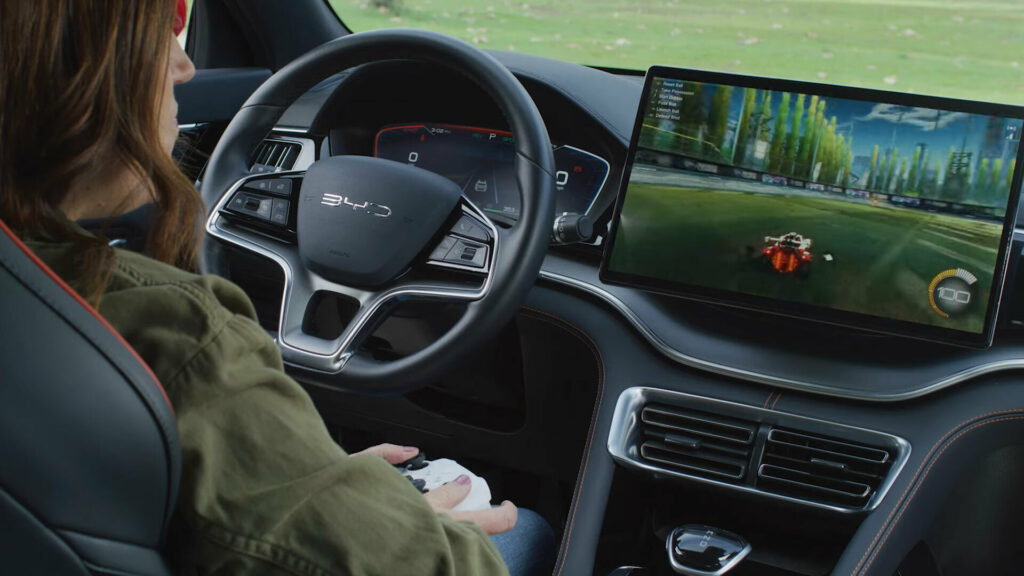- The boss of Nvidia’s automotive division warned of rushing to roll out self-driving cars.
- Nvidia says future versions of autonomous systems will better replicate human driving.
- The company is working on advanced large-language models, including ChatGPT with video.
If you’ve been holding your breath waiting for fully autonomous cars to whisk you around in effortless comfort, it might be time to exhale and recalibrate those expectations. According to Nvidia, one of the biggest players in the self-driving technology race, truly driverless cars are much further off than some claims might suggest – and certainly not within this decade, despite Elon Musk’s often-ambitious promises.
Ali Kani, head of Nvidia’s automotive division, says fully autonomous cars will “not appear this decade.” Kani believes “it’s a next-decade marvel. We’re not close. It’s super-hard.” While he acknowledges that upcoming self-driving systems will be significantly more advanced than what we see today, he emphasizes the need for a slow, deliberate approach to development. After all, rushing technology of this magnitude and complexity could have serious consequences for safety, and the industry’s reputation.
Read: Nvidia’s Auto Computers To Power A Host Of New Chinese Cars
“The software we’re developing right now is so different than the software we were developing last year,” Kani told Autocar. “We’re working on large-language models now, like ChatGPT with video, and nobody was doing that in automotive three years ago. That kind of model needs a lot more computing power, a lot more memory bandwidth. You need more sensors like lidar and radar, and you need redundant algorithms to ensure it’s safe – and those need to run in parallel, which means more computing.”
There will be several differences between current systems and those used in the future. Kani says that whereas existing technologies follow planned rules, often resulting in “herky-jerky behavior and ghost braking,” next-generation cars will learn driving behaviors, meaning they’ll be able to operate more “calmly and smoothly,” just like a human driver.

Cautious approach
Although Nvidia is at the forefront of the race to self-driving vehicles, Kani cautioned how one mistake could push back the entire industry.
“The industry needs to go slowly with this,” he said. “If one firm makes one mistake, the whole industry gets pushed back a few years. So we have to act in the most responsible way and not take any shortcuts. You can only do it when you have proven that it is really safe.”




